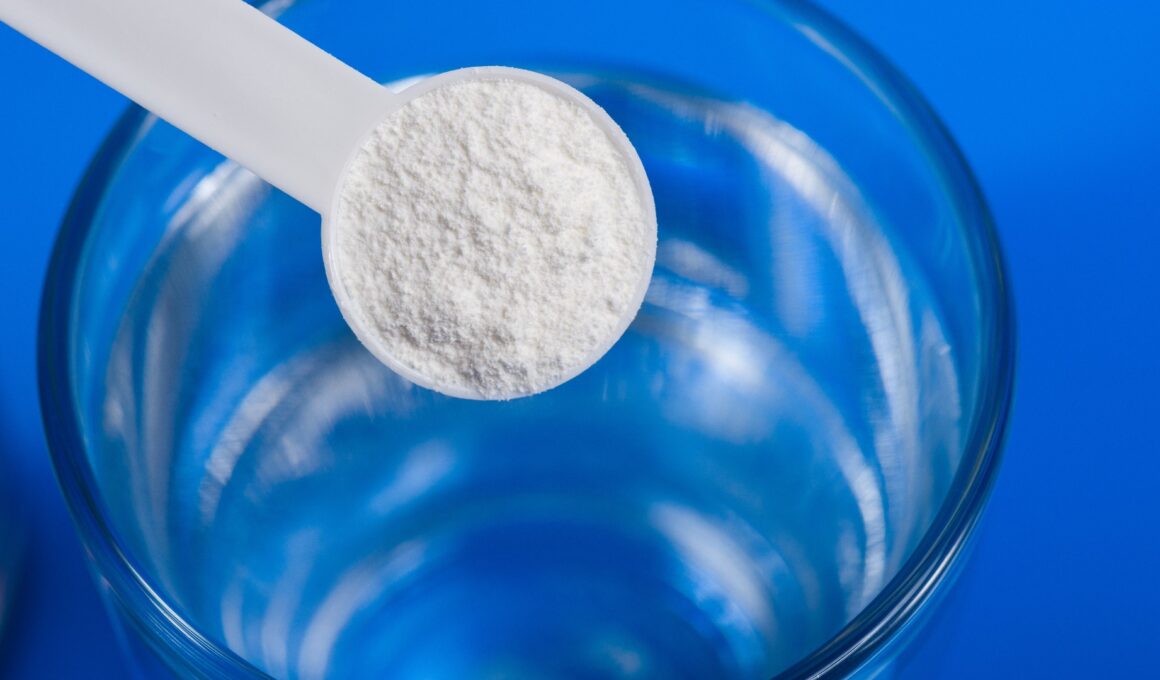Creatine is a sports supplement used in a variety of different sports and activities from bodybuilding to the full roster of athletics and Olympic sports. The idea of creatine is essentially to improve your energy efficiency, and while the results aren’t going to turn you into a marathon runner over night, they are effective enough to be used by most professional athletes.
When buying creatine for yourself the question though is what kind of creatine to buy, and whether there is any difference between them. Creatine varies in several ways – for instance you can get creatine in both liquid (‘serum’) and power forms which also affects how it works and just how effective it is. Here we will look at which is more effective and how to go about choosing the creatine for you.
How Creatine Works
First we will look briefly at how creatine works. Essentially in order for our body to move and perform its basic tasks it requires something called ATP. This stands for ‘adenosine triphosphate’ and is actually simply the name for three bonded phosphate molecules. These bonds are incredibly powerful and when they are broken that’s what releases the usable energy for the body to convert into movement or the range of important processes it carries out. When you eat a banana for energy this works by being broken down into glucose, but that in turn is broken down into ATP.
When that ATP is broken down in order provide us with energy, that means that those bonds are broken and the phosphates are left to float freely. One phosphate is called ‘adenosine monophosphate’, whereas two phosphates are known as ‘adenosine diphosphate’ – or AMP and ADP respectively. These two substances are useless to us normally and so the body then looks for the more ATP instead in the fat stores etc which is a slower process of getting energy and will mean that we take longer to generate the energy (and start panting etc).
Creatine is produced by the body and most of it is found in the skeletal muscle. Its job then is to take that AMP and ADP and to recombine it to create ATP. What this does then is to essentially ‘recycle’ the useable energy in your muscles.
What that also means is that your muscles have slightly more energy already in them so that they can work longer before your body has to move on to the less efficient aerobic system for energy. At the same time it also has a very useful side effect which is that it can increase water retention. For ‘bulking’ bodybuilders, and for those running long distance this is very helpful, but for ‘cutting’ and slimming down it is of course less helpful.
Powder Versus Liquid
So the question is, will powder or liquid better serve you in the goal to increase energy and water retention? Well this is something to which there is currently no clear cut answer and it is rather a source of debate which is still ongoing – both liquid and powder creatine have their proponents and opponents respectively, though powdered creatine has been around a lot longer and so has more supporting evidence and a longer history of prior success.
The concept behind this relatively new liquid creatine is that it might increase absorption into the muscles – in other words increasing the amount of ‘bioavailable’ creatine rather than just passing through the system without having any effect (as is sadly the case with many supplements). However it is possible that liquid creatine might actually have the opposite effect – the reason being that the process of turning creatine into liquid form could degrade large amounts of the substance into ‘creatinine’ which is a useless and unstable byproduct that would pass straight through the system. One study of liquid creatine was particularly damning and seemed to show that consuming liquid creatine would have no effect on the amounts of creatine available in the body. This piece of research came from a not-particularly reliable source, and it’s unlikely that the situation is that extreme – however until more evidence is released in support of liquid creatine it makes sense to stick with powder (particularly as you generally get more for your money).
Choosing Creatine
Powdered creatine conversely has been used for a long time and generally with success. That said there are still differences between various forms of powdered creatine and some are more effective than others. The best manufacturers of creatine can improve absorption by ensuring the molecules are as small and light as possible. At the same time you should avoid products that lump creatine in with a range of other effects. For instance it is common to find protein shakes that come with creatine included, and while this might seem like a convenient one-stop-shop for creatine, it is in fact a bad thing as it makes it more difficult for your body to absorb.




